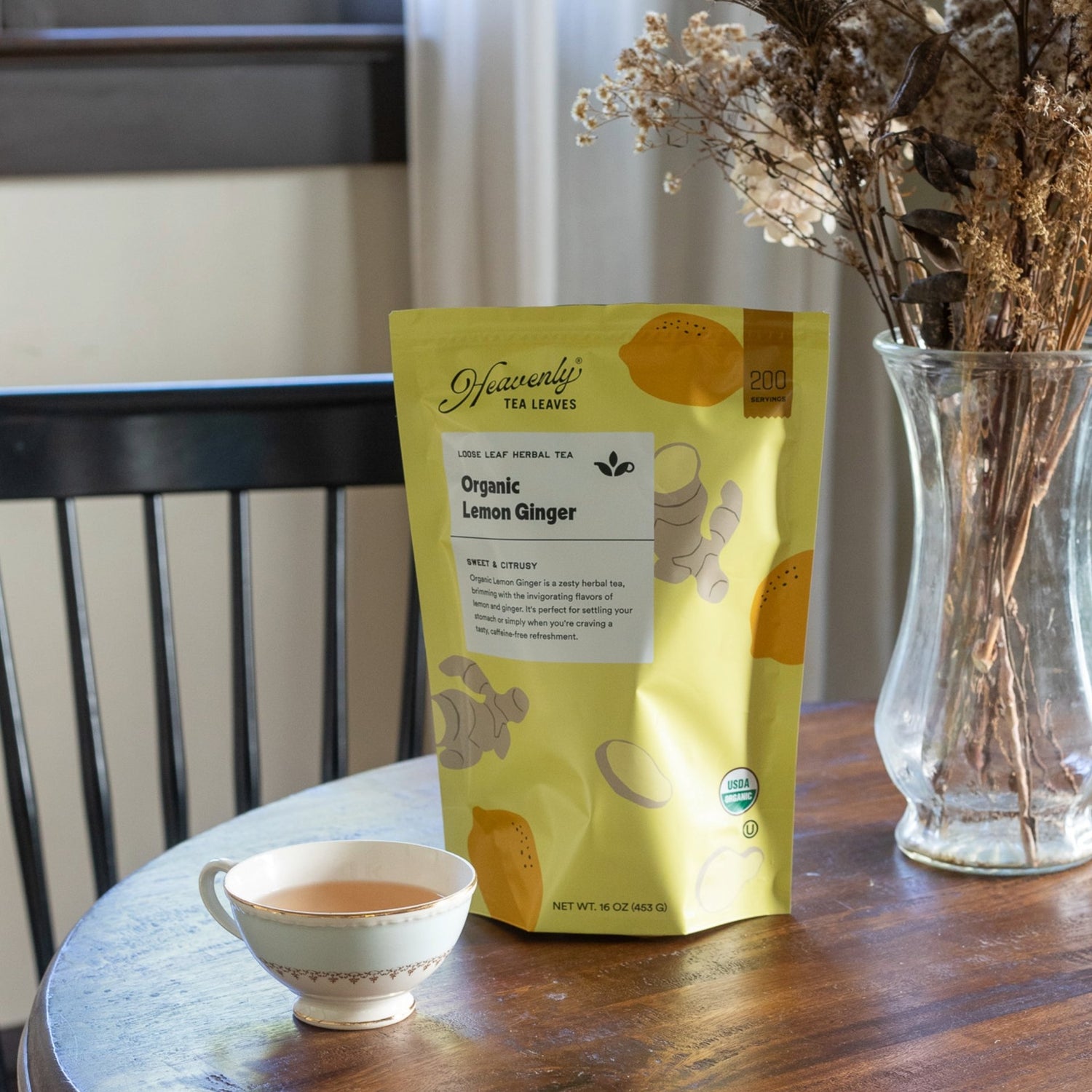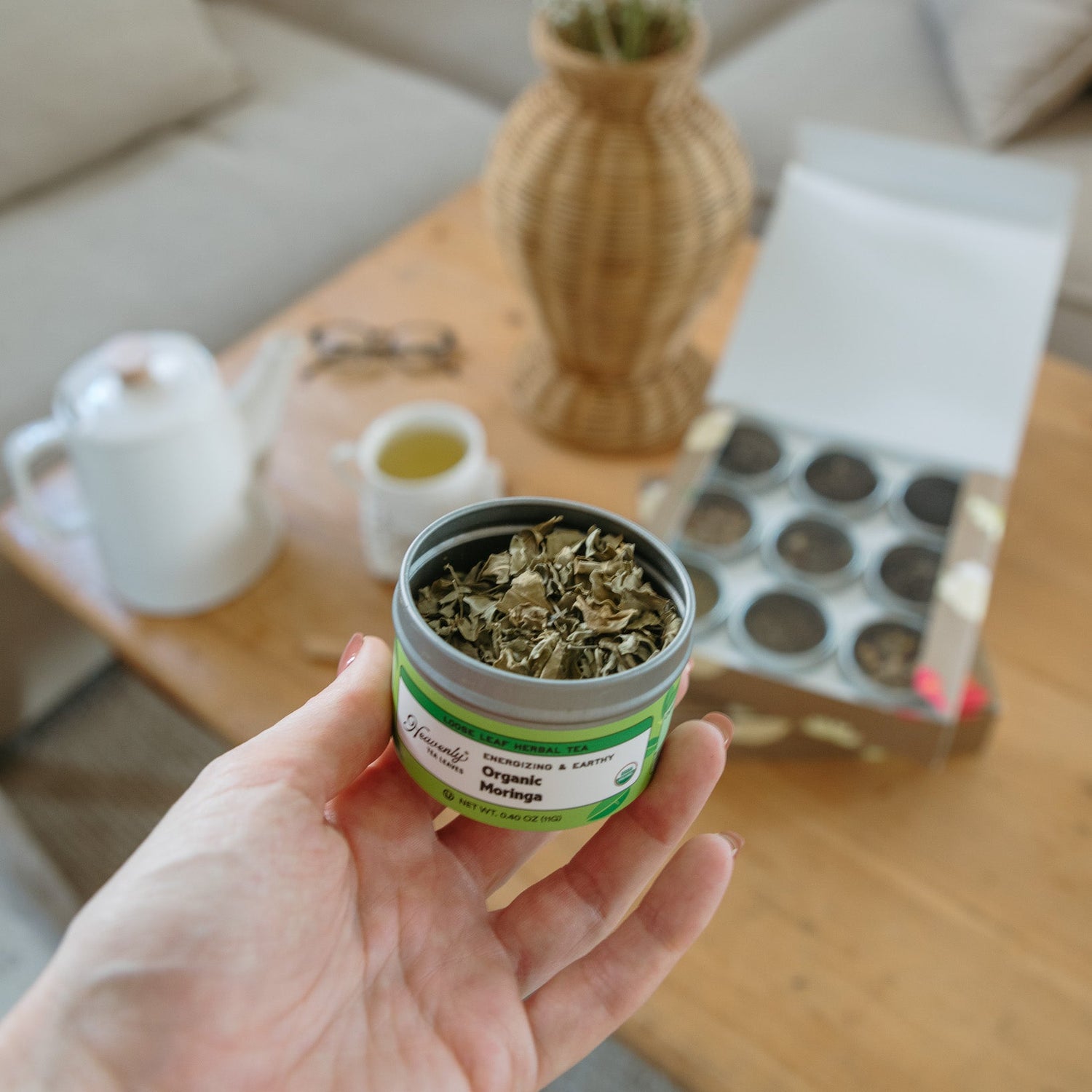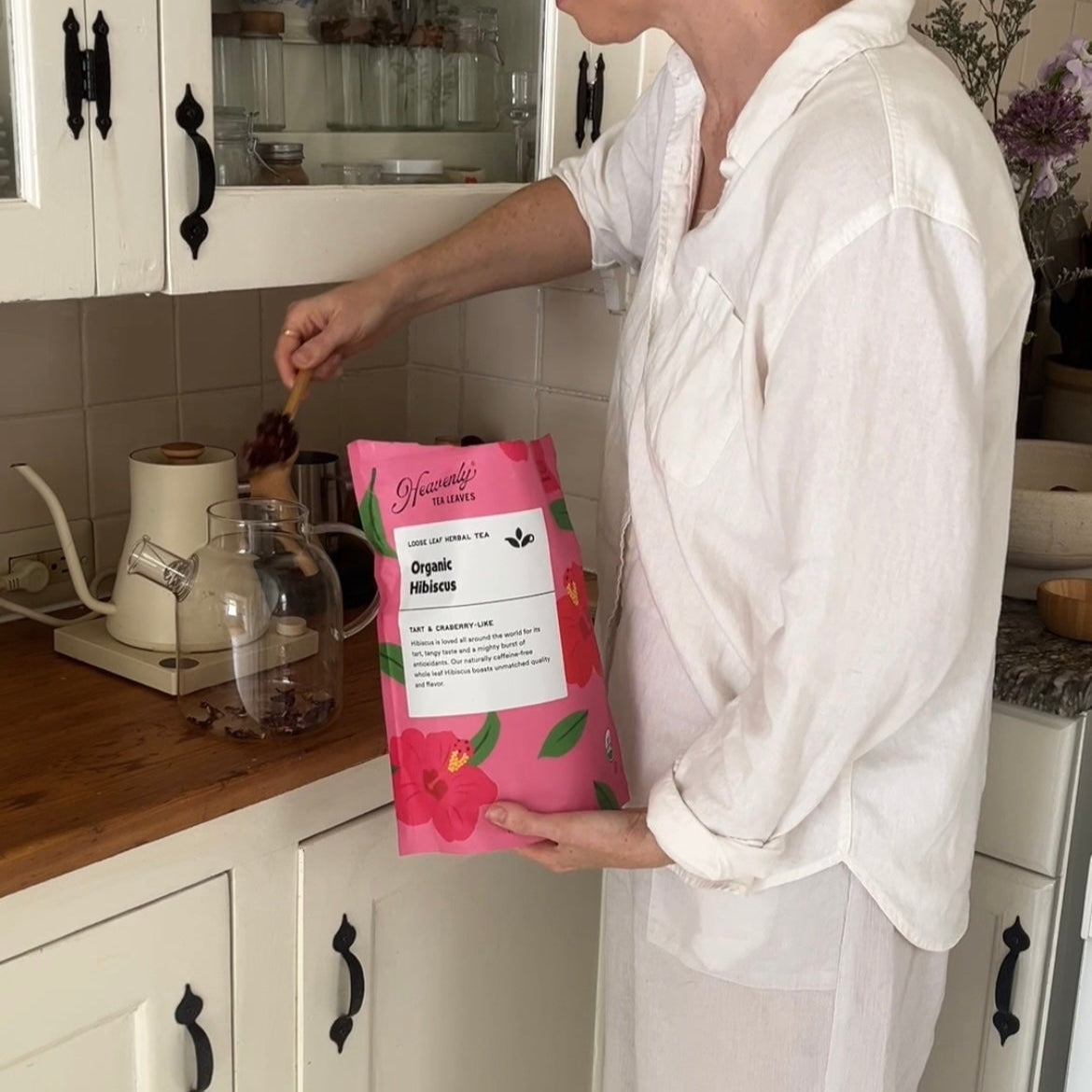Staring at a glass of ice-cold or steaming-hot bright pink hibiscus tea, you may mistake it for a fancy cocktail, an October-forward mulled beverage, or some sort of rare spirit. It’s a drink that’s more attractive than most, and gaining popularity by the minute. And lucky for all of us, this elixir is a much healthier offering—despite its unusually vivid, tropical hue.
Where does hibiscus tea come from?
Also referred to as roselle juice or agua de jamaica, hibiscus tea—which tastes as divine hot as it does chilled—is made from the dried and steeped sepulas of the hibiscus flower, which thrives in warm, subtropical climates like Fiji, Madagascar, India, Senegal, and Mexico. As such, its popularity has blossomed in these places, and the flower, offering various uses, has become a centerpiece of each respective culture.
The Pink Wonder
So, what’s so special about this pink wonder?
Putting its intoxicating aroma aside, hibiscus offers a host of health benefits, with Heavenly Tea Leaves’ organic version being no exception. From antioxidant and antibacterial properties to helping lower cholesterol and blood pressure, and boost liver health, we may even throw hibiscus into the superfood category. And let’s not forget that it’s a naturally caffeine-free option, meaning you can enjoy a glass worry-free around the clock.
Health Benefits
Critically, hibiscus has been shown to fight one of our worst bodily enemies: inflammation. According to the Cleveland Clinic, “Inflammation plays a role in the development of many illnesses, including cancer, asthma, Alzheimer’s disease, heart disease, and rheumatoid arthritis. While more research is needed, it seems that hibiscus may offer helpful anti-inflammatory effects.”
The real key to hibiscus seems to be in its phytochemical makeup. These compounds are “part of the plant’s immune system and help protect the plant from viruses, bacteria, fungi and parasites,” according to UCLA Health. These are super-important not only in disease prevention, but also when it comes to having your body operate more efficiently for longer.
Thanks to these compounds, hibiscus in tea form can potentially help combat a bevy of conditions, including high blood pressure, dry mouth, anemia, kidney disease, and even weight loss, according to the National Institute of Health. Taking all this into account, calling this floral drink a wonder is no exaggeration.
Brewing & Flavor Profile
But all that aside, what we’re really obsessed with is the year-round deliciousness of this crowd-pleasing beverage. The flavor profile of hibiscus tea is truly unique and extraordinary—a cranberry-like tartness (without the harshness or astringency that sometimes comes with tart fruits), plus a dash of its pleasant floral essence. It’s tangy, zingy, and bright, making it one of the more versatile tea types. Drinking it hot brings out more of the sour notes and makes it a super-comforting, dessert-like pick-me-up for after a heavier meal, for example. Prepared cold via cold-brewing, the drink is milder, smoother, and more thirst-quenching. Stir in some simple syrup and a squeeze of fresh lemon and you have your new favorite substitute to lemonade. Few drinks are more refreshing than this one on a hot day in the sun—which is why Mexicans consider agua de jamaica a go-to national treasure (and taco pairing) that’s always waiting in the fridge.
A Wholesome Routine
A far cry from standard Assam black tea, earthy green tea, or various fruit- or herb-forward herbal teas, hibiscus tea is seriously in a league of its own. Its beauty alone is something to behold (and of course, the perfect thing to serve guests)—but adding it into your daily routine could mean giving your body a host of wholesome bonuses it didn’t even know it needed.






